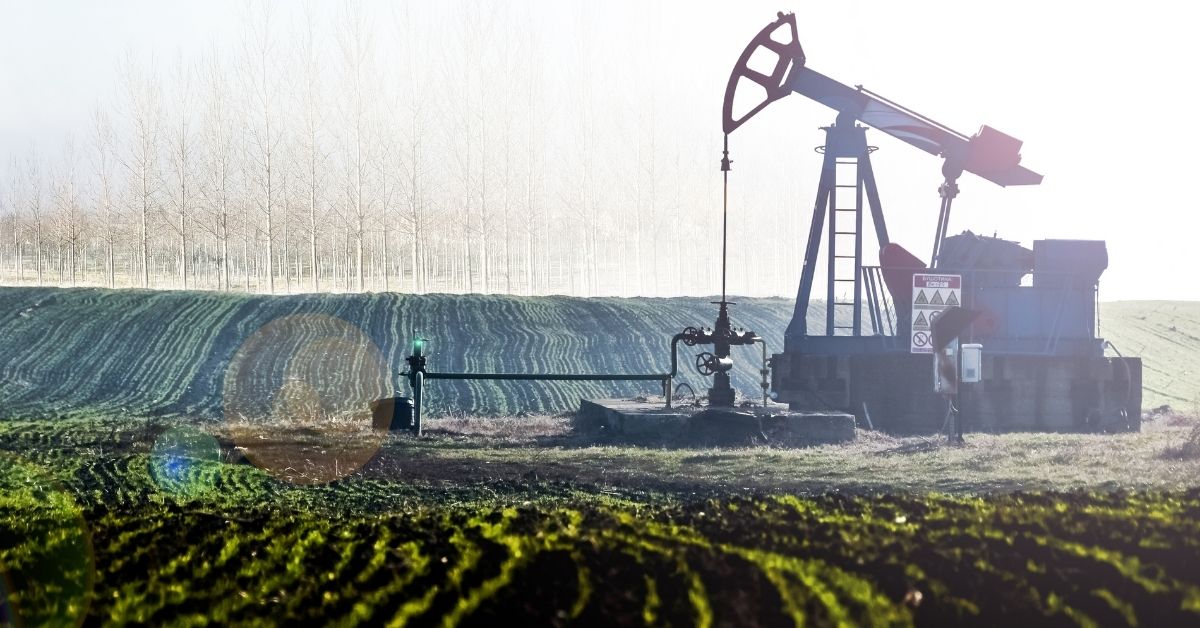Role of Agricultural Engineering in the Growth of Food Efficient Crops
Agricultural engineering is basically the engineering of agricultural processing and production. Agricultural engineering combines the fields of civil, mechanical, electrical, biological, computer, and ecological principles with an understanding of agricultural physical and cultural practices based on scientific principles. The main purpose of this engineering branch is to improve agricultural yield by improving the production efficiency, quality, and quantity of agricultural products.
Agriculture has always been a crucial part of human development. Farming is the most significant component in the human economy of China, India, Vietnam, Pakistan, Taiwan, and others. Agriculture provides employment to millions of people worldwide. Agriculture is one of the pillars on which economies are built.
In the recent past, there has been an increasing demand for skilled persons in the agricultural engineering field. Agriculture is one of the fast-growing sectors worldwide. Rapid population growth and increasing urbanization are the two most important driving forces behind the agricultural engineering sector’s growth. Agriculture is categorized into various fields, including animal husbandry, nursery, fruit and vegetable industry, horticulture, forestry, fishing, stock raising, and agriculture. Agriculture is a human-centric activity. It involves physical, chemical, and biological processes.
Agriculture is an integrated science that requires an appropriate mix of knowledge, skill, resources, and technology. The main objectives of agriculture are to improve crop production, protect the soil, conserve moisture, improve the health of the people, provide livelihoods for the rural poor, and prevent environmental pollution. Agriculture has emerged as one of the major drivers of economic development in many countries. It contributes about 18% to the Gross Domestic Product (GDP) of the developing countries. In developing countries, agriculture is becoming an indispensable element in the economic development process.
One of the major achievements of the 20th century has been the establishment of irrigation systems, such as dams, canals, and dykes. Irrigation systems are essential for agriculture because they facilitate the proper transfer of water between the soil and the crops. These systems also help in crop growth by improving the productivity of the land. Irrigation systems are of different types, such as surface irrigation, drip irrigation, groundwater irrigation, integrated irrigation, systemized irrigation, conservation irrigation, and conservation flood irrigation.
Engineering has contributed significantly to the development of the food and beverage market. In agriculture, there is specialization in various sectors, such as fruits and vegetables, grains and oilseeds, dairy products, meat, poultry, and fish. Agriculture is now an integral part of the healthcare system. Pharmaceutical engineers are involved in the discovery, development, and commercialization of new agricultural products, mainly used for the nutrition and food industry.
Agriculture has provided employment to millions of people in developing countries. As per the Foresight report of the Millennium Development Goals (MDG), a total of 9 million people are now being employed in agriculture in developing countries. Agriculture contributes more to the Gross Domestic Product (GDP) than any other sector in the economy. Agriculture produces the raw materials necessary for manufacturing industries, employs a significant number of people, and leads to a significant trade surplus. Agriculture is one of the drivers of economic growth and diversification for urban societies.
With inputs from Agrologists, Biotechnologists, Climatologists, Agriculture Technologists, Nurses, and Agricultural Biologists, agriculture has been able to increase productivity and produce enough crops to meet the demand for food. The technology and innovation that has been incorporated in modern-day irrigation systems have made possible the maximization of the yield in agricultural plants. Various techniques have been used for increasing the productivity of the crops. Some of these techniques include mechanical tillage, chemical fertilizers, fertilization, and improved cropping systems etc. These practices have reduced the input costs, thereby reducing the cost of production for the farmers.




